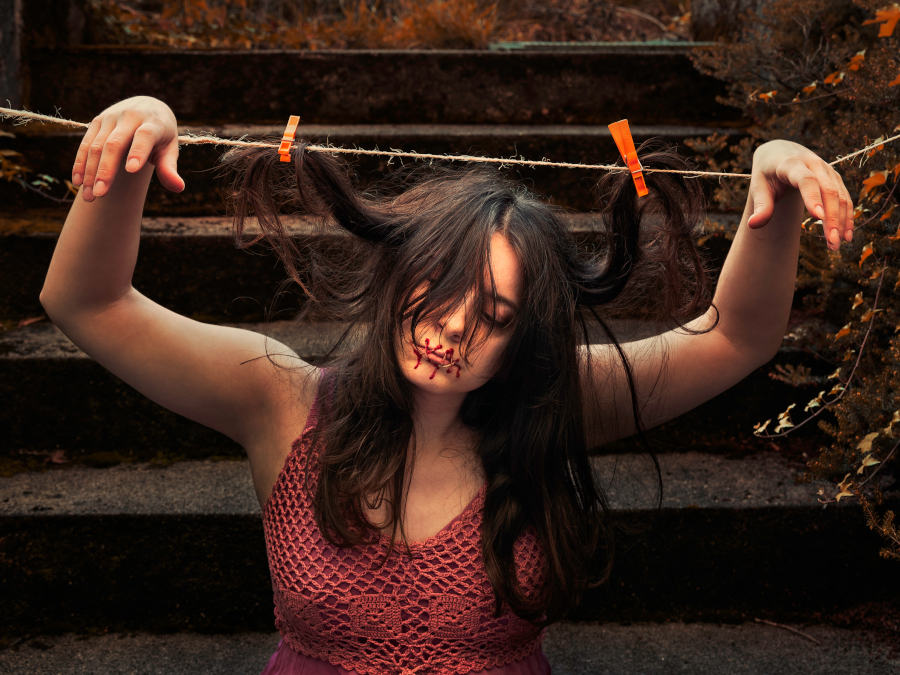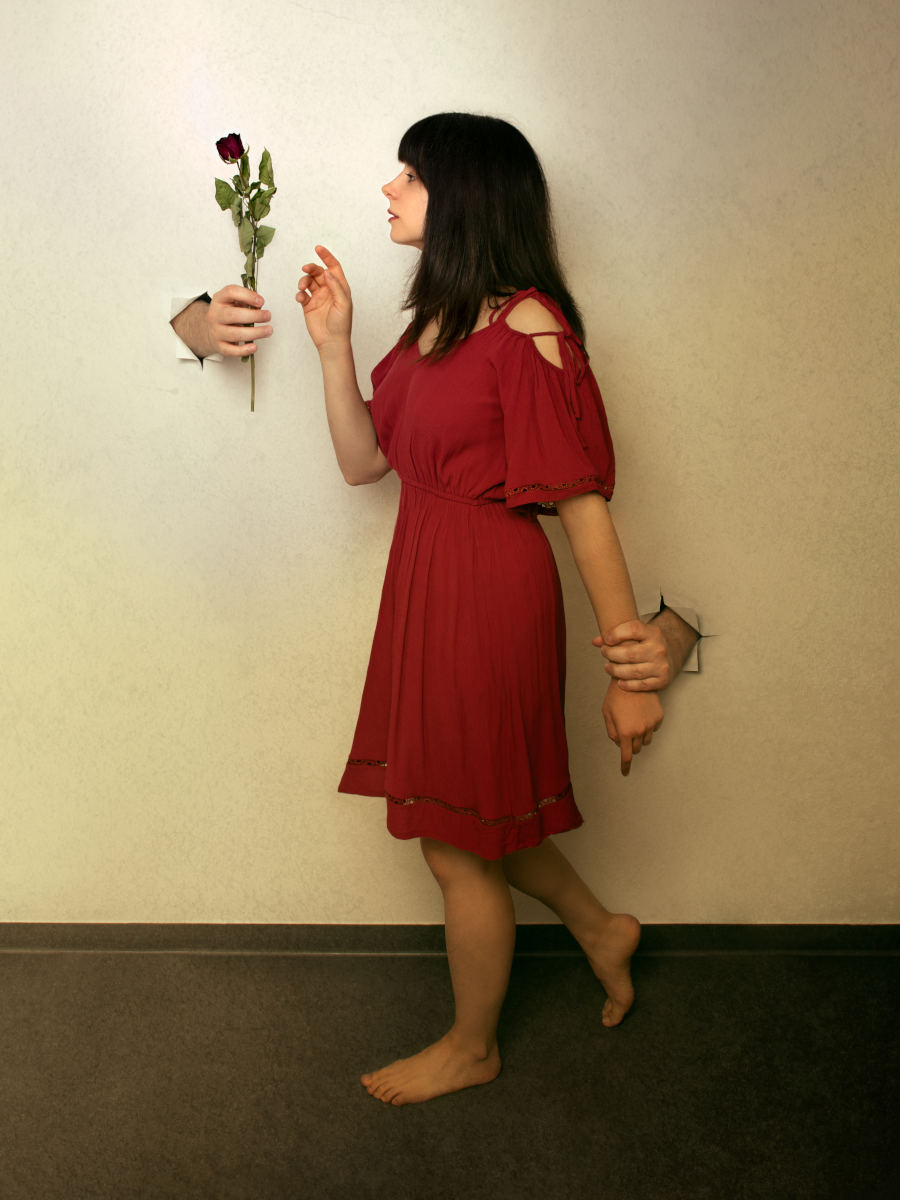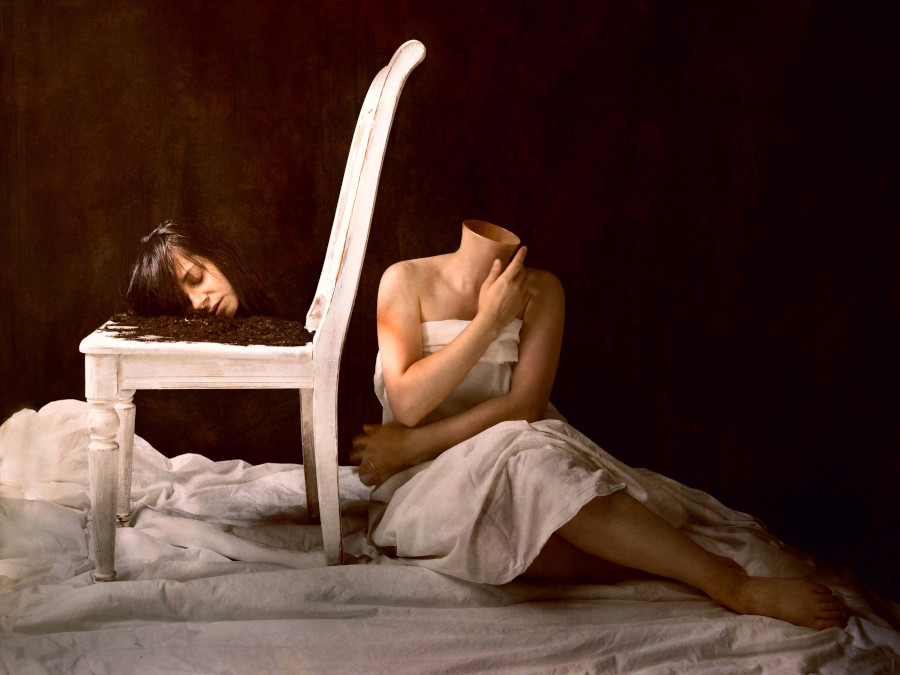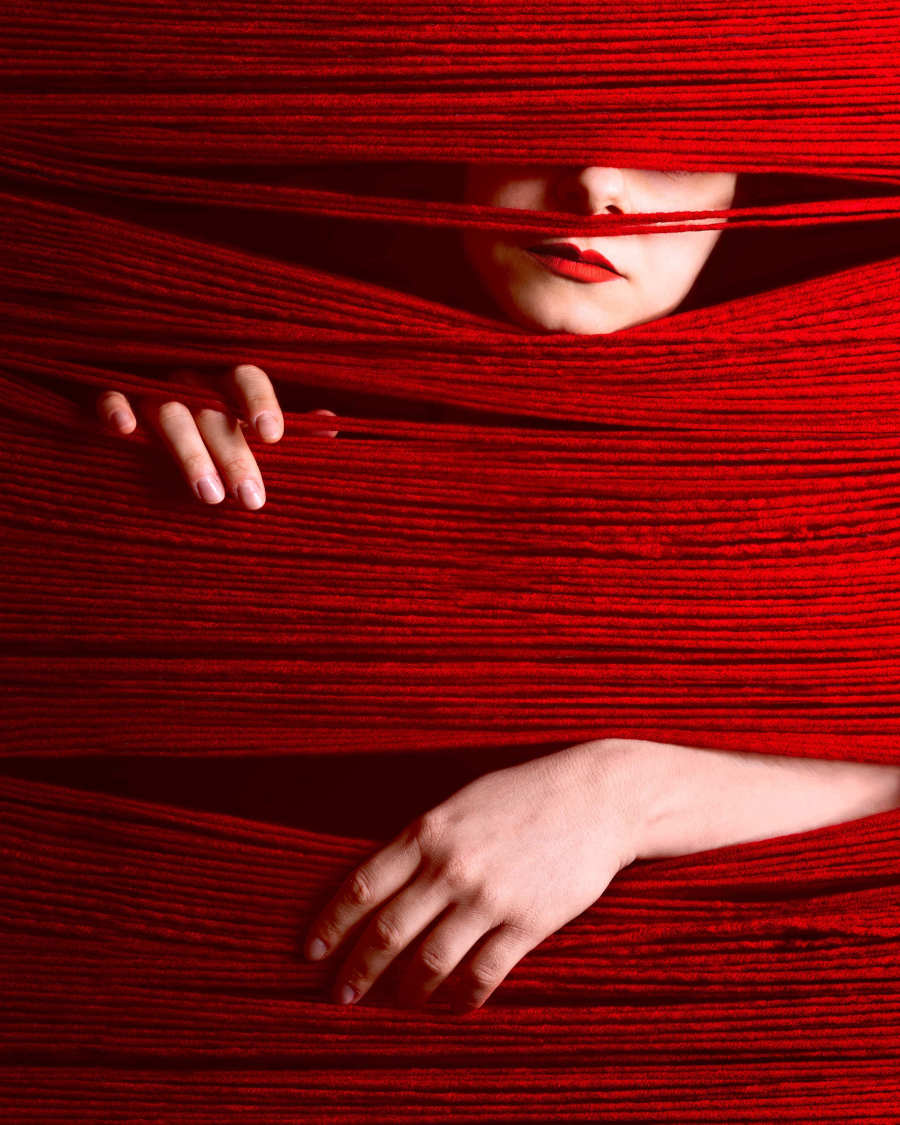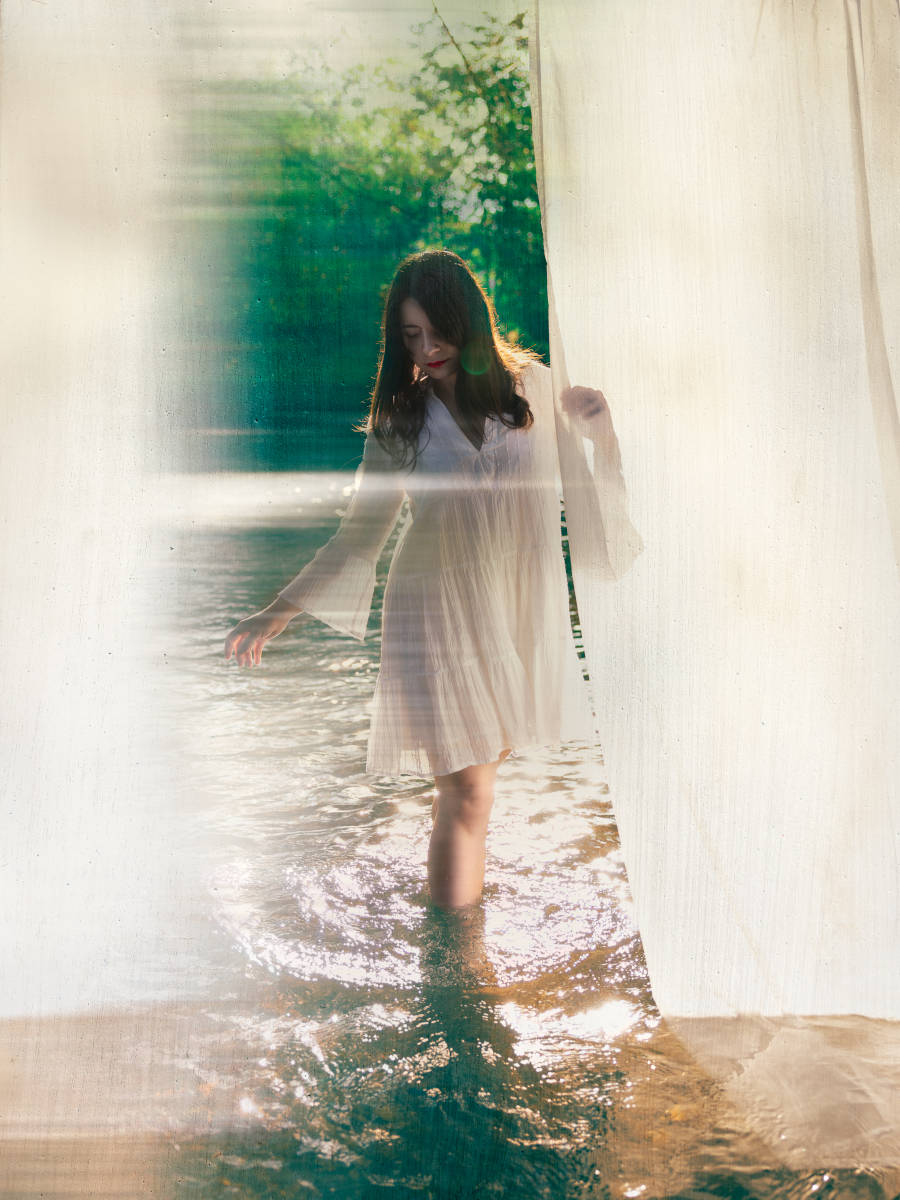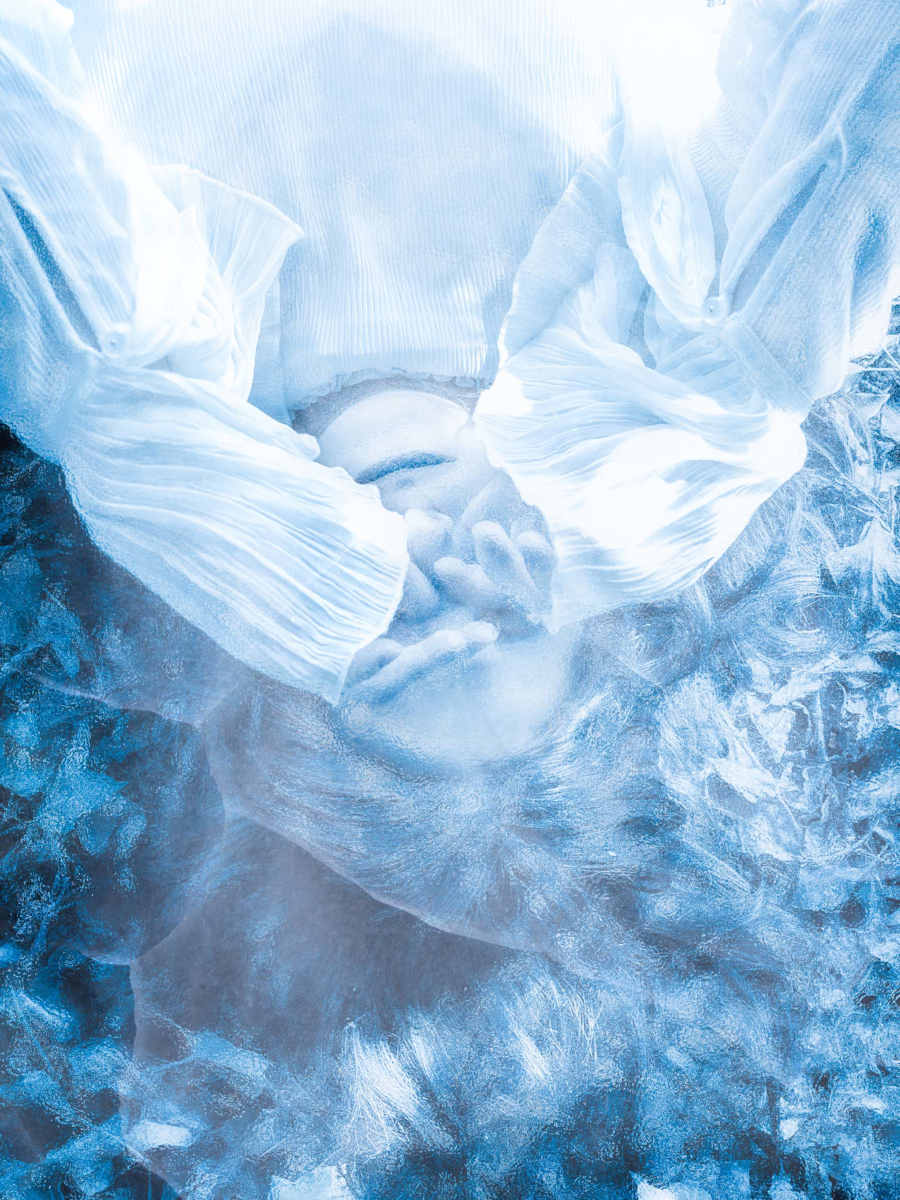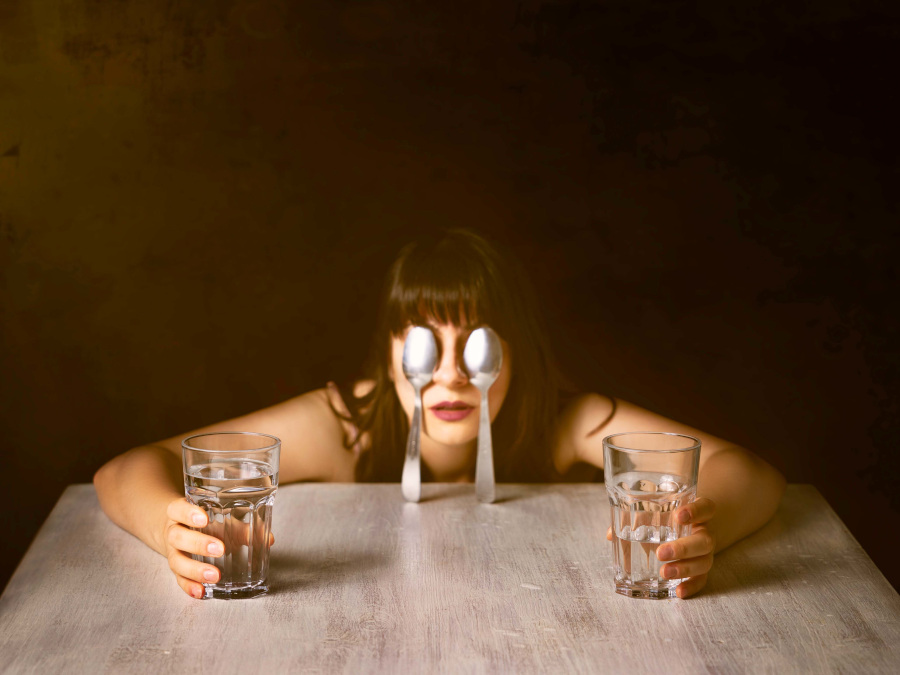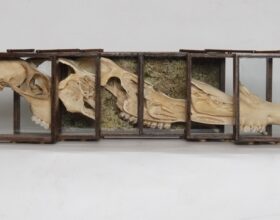The conceptual fine art photography of Emanuela Nesko has been gently pushing viewers to explore the more subtle workings of human emotion. Her works, combining photography with digital edits, have become a statement of strength often focussing on the theme of trauma. Yet why is this important? “I want to raise awareness about mental health, the importance of attention to bodily sensations, and how various emotions and triggers are processed.” Explains Emanuela. Her works, powerful and beautiful, are based on her own personal experiences with childhood trauma. Through them she is exploring the effects of trauma on the quality of our lives “if we don’t embark on a healing journey”.
Fundamentally, Emanuela Nesko is providing a safe space in which to join her – she reminds us that while the process of looking inwards can be painful, the journey in itself to process and move forward gives us back any power lost through trauma.
Working on multiple levels, the final product is so much more than simply posing in a striking manner before the lens. Looking at the finer details and composition, we slowly unpeel additional layers. It could be the tilt of the head or the tone of the predominant colour, but suddenly, a deeper narrative begins to emerge.
Into the mind of Emanuela Nesko
Her passion for art began when she discovered Dalí. “His surreal paintings fascinated me with their hidden meanings and captivating imagery. Later, I was drawn to the baroque style of Caravaggio, Rembrandt, and Goya. Their use of colours, lighting, and textures was stunning.” She shares. Other more contemporary favourites include Brooke Shaden, Damian Drewniak, and Fatima Ruiz, though her inspiration runs much deeper than just visual artists. Cinematography, sculptures, beautiful or quirky locations, abandoned places, antique objects and old architecture all bring energy into Emanuela’s creations.
I admire photography that tells a story, evokes an emotion, and has a touch of weirdness. I like to pause and wonder what lies behind the scenes.
Emanuela Nesko
Being pushed into the limelight
Emanuela’s exploration and studies covered a foundation of drawing, painting, sculpture, and photography. “I [encountered] so many wonderful people, both teachers and students, who left a mark on me. I also had the privilege of studying abroad in Naples, Italy for one year, where I received another perspective on art.” This time as an artist moulded her into the creative she is today. However, like many artists, she found studies left a few holes in her experiences.
“I found it difficult to find my place as an artist after finishing my studies.” She muses. “I didn’t really learn how to have success as an artist or how to market myself. I hope that this is slowly changing nowadays and that students learn early on all those important skills. But I had to – and am – still learning all the things that I have to do in order to have success as an artist, besides creating my art.”
Emanuela Nesko is no stranger to being in front of the lens, but this wasn’t initially her first choice. “During my studies at the University of Fine Arts in Madrid, I started putting myself in front of the camera out of necessity.” She explains. “Although I loved photographing other people, it wasn’t always easy to coordinate schedules or find people willing to pose nude for me.
At that time, I was obsessed with nude photography and aimed to represent emotions through the vulnerability that this specific genre offers. However, my fine art photography professor challenged me to stop using only nude photography as a medium and experiment with other styles too.
It stuck with me, and I slowly realized that there was so much more to explore with photography. I could use different elements as symbolism, like colours or clothing.”
Emanuela Nesko
“Rafael Trobat, with his dedication to photography and teaching, made me love this medium so much, and inspired me to see the possibilities that it offers. So I was very excited to show him my attempts, and he was so encouraging as always. That felt great and made me want to keep going.”

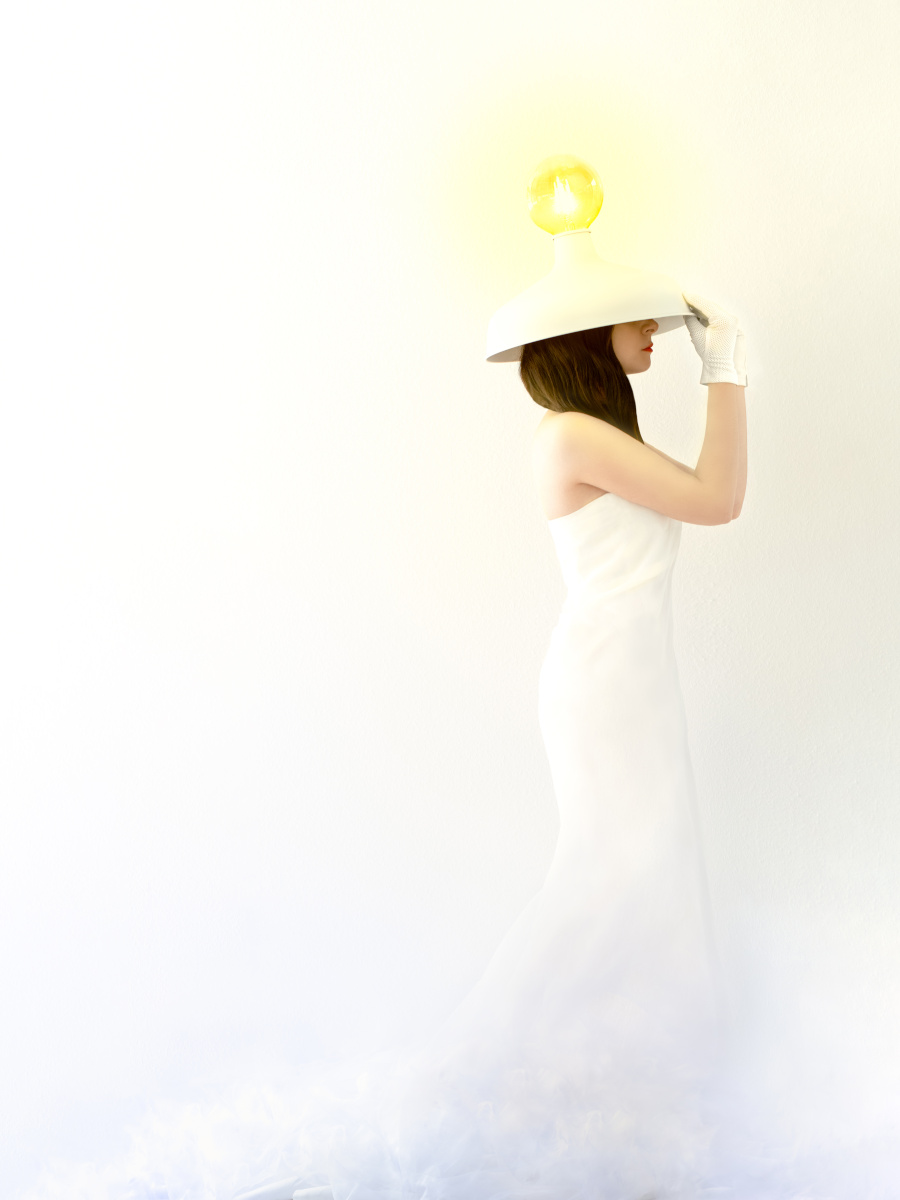
When art became therapy
Emanuela Nesko found herself wanting to integrate more and more of herself into her work, imbuing her creations with her love for theatre and storytelling, and her fascination with old objects and textures. However, things continued to take a deeper turn down the rabbit hole. “In combination with that, I was constantly working on myself, sometimes with the help of a therapist.” Emanuela shares. “Through introspection, I discovered issues that felt abstract at times. I felt that I needed to work on them in a visual way to better understand and process them.”
A prime example of her ever-evolving move towards symbolism and more abstract outcomes is with her piece “Disconnected”. “I was working with my therapist on the disconnection I felt between how I was feeling, how my body felt in specific moments, and what I wanted rationally to do – for instance, avoid conflict even though I knew I was being treated unfairly. At some point, I just had the idea about a head separated from its body.”
Only later did I realize what my subconscious managed to create. Seeing visually what I’ve been talking about for weeks helped me give more sense to the words. But my work is not only therapy for myself; I also have the desire to inspire other people who might be going through the same or similar situations.
Maybe seeing this image helps them realize something they couldn’t before or gives them a spark of an idea – something to think about.”
Emanuela Nesko
Understanding the process
While most of her images are planned, the more intricate creations often take much more time. Simultaneously Emanuela has to figure out both the best way to amalgamate the original image with digital software to produce the end result, whilst at the same time ensure that she is fully content with the way her message is being expressed. Colours, symbols and messages play an important role.
“My process isn’t set in stone; I experiment a lot with some images. But for most of the work I do, I plan a lot of details. In Photoshop, I tweak the image until I’m happy with the result. Every image needs a different kind of processing. If I’m doing a composite, for example, I need to have photographed all the parts that will go into the final image. But then in Photoshop, I still have to try out and see how it works or what I can do to make it fit better.
“So, my process looks something like this: making a sketch of the idea, writing down my thoughts around the concept, researching and planning, shooting the images that I need (sometimes buying new props or building them myself if needed), and then putting everything together in Photoshop. The post-processing is the step that is more free; sometimes I try different approaches until I am satisfied with how it looks.”
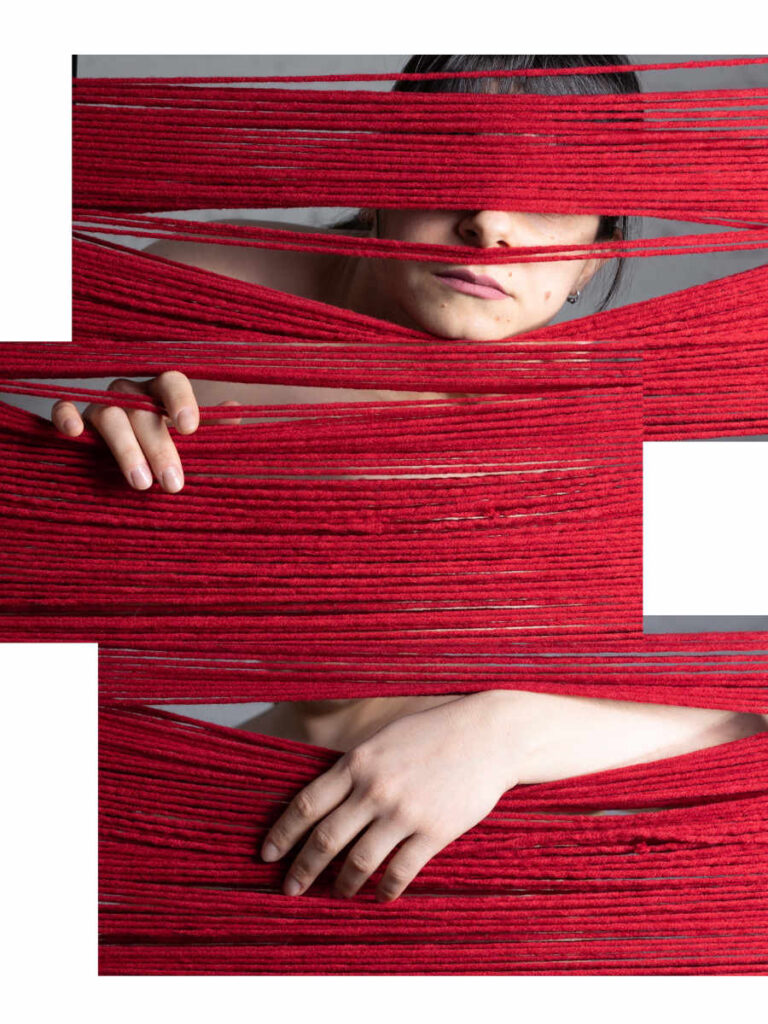
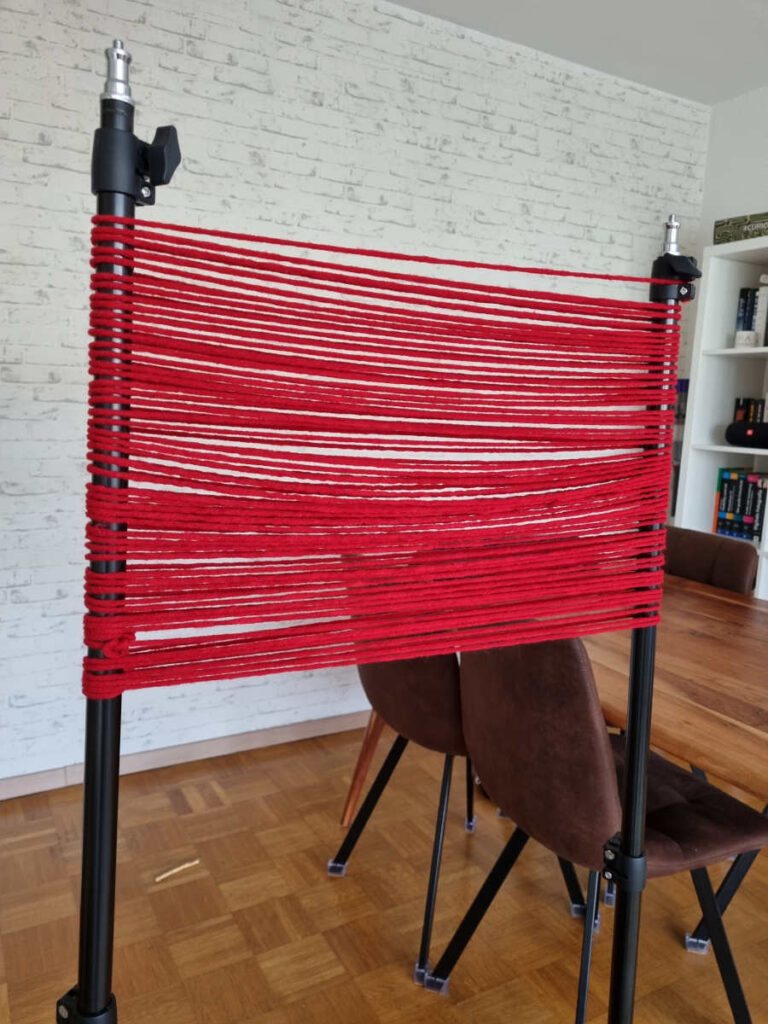
Thinking outside the box
Some concepts really need time to breathe, and then they evolve into something better.
Emanuela Nesko
Like many photographers know, sometimes the world around you limits the opportunities available when it comes to shooting. When thinking back to a project which pushed her more than usual, Emanuela Nesko quickly remembered the making of “Adulthood”:
“I had found a location full of potential during the years I lived at Lake Konstanz. And I waited more than a year until I had the image that would fit perfectly in that specific scenario! I wanted fog, but there is no fog in late spring, and I couldn’t wait any longer because we were planning to move soon. So I went early in the morning to see what I could do with the weather I had. The first images didn’t turn out well, but I felt this concept very strongly and loved the location. So I went a second time, this time bringing some artificial fog.
“The raw images had a lot of potential this time around, so with that and a lot of editing, I was finally able to bring this concept to life.”
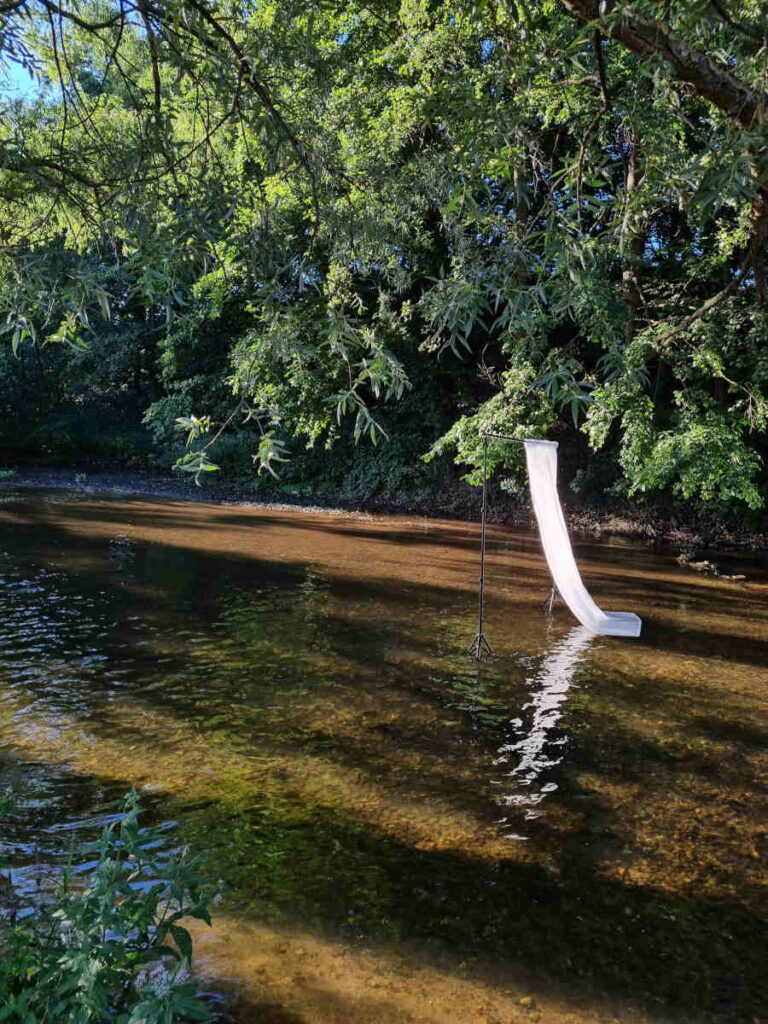
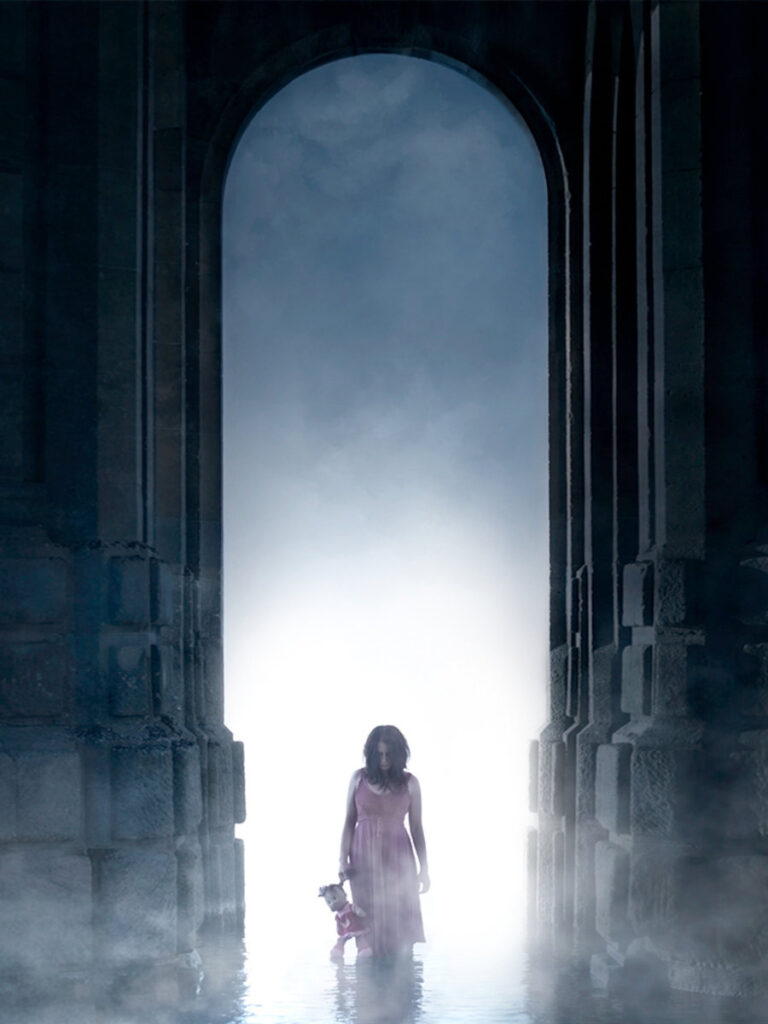
The future for Emanuela Nesko
Overall, Emanuela Nesko feels that she is still quite early on in her journey as an artist. It’s surprising to learn that she has only just started sharing her work within the last few years! Thankfully, the positive feedback that she has received has only emboldened her to further push the limits of creativity and expression.
There are lots of interesting projects in the works. After recently wrapping up her latest exhibition within her hometown, Emanuela is taking the time to evaluate and reflect. Upcoming projects include bespoke photography to decorate a newly opening coffee shop in Germany, searching for new exhibitions to participate in, and of course, “constantly creating new art”.
Be sure to follow Emanuela Nesko to keep up to date with her latest works and events.



